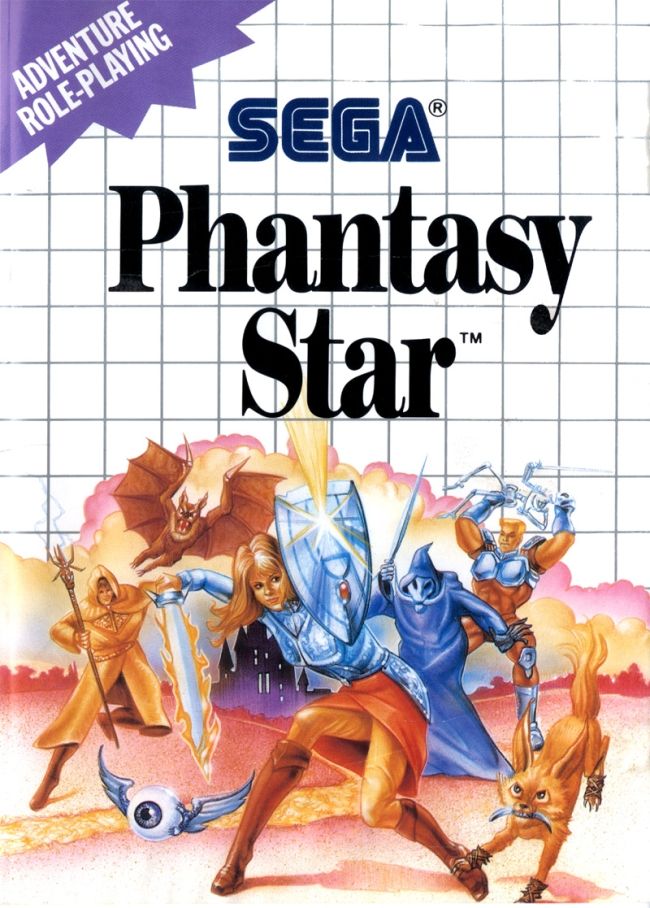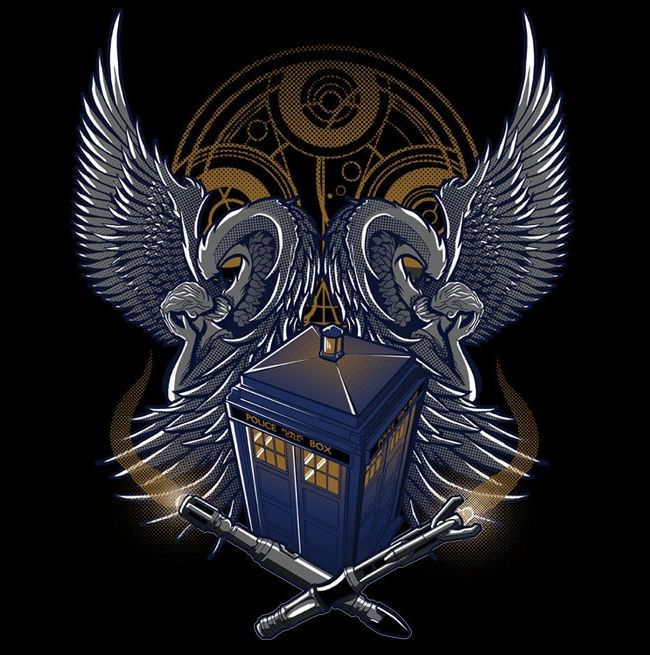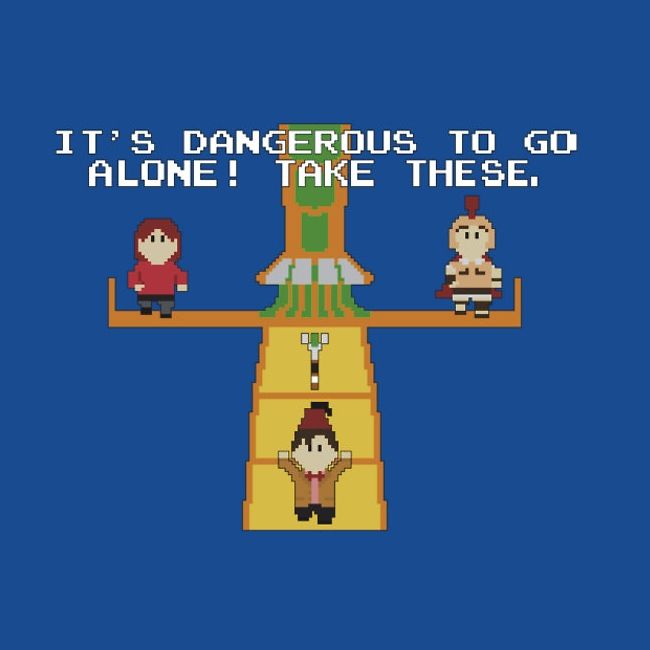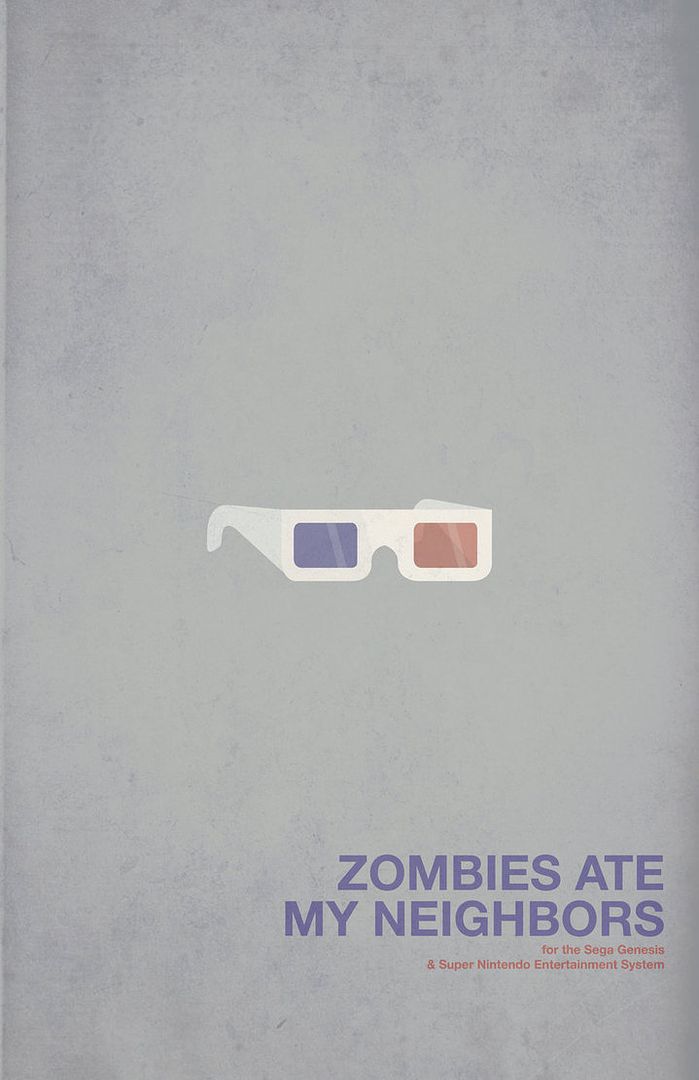Monster Party (1989)
Publisher: Bandai

(Bert: “Don’t worry! With your weapon you’ll be able to destroy them easily.”
Mark: “This isn’t a weapon, it’s a bat!”
Bert: “Bat! Batter! Anything is ok! Anyhow, let’s go!”)
Monster Party. What the hell, Nintendo?! WHAT THE HELL.

By 1989, the Nintendo Entertainment System was a household fixture. Every single kid had wanted a NES when they came out in 1985, and four years later almost all of those kids, by virtue of a thousand mowed lawns, a hundred thousand papers thrown haphazardly into yards, or two weeks of relentless whining to their parents, had acquired one. Nintendo was starting to clue into the fact that their core demographic, by a colossal margin, was eight- to twelve-year-olds, and that without necessarily intending to, they had become a Family-Friendly Company. Nintendo was, by 1989, a huge proponent of videogame censorship (see “
Games To Play Before You Die #4: Maniac Mansion”) and had laid down strict precepts on what they would or would not allow to be associated with their brand, both internally and in games by third-party developers.
Which is what makes Monster Party such a bewildering creature. Make no mistake: Monster Party was censored - considerably - between Japanese prototype and U.S. final version. That it manages to be the most nightmarish and profoundly disturbing game for the NES even after it got past the censor’s iron gauntlet calls into question why it was released at all, even in neutered form.
 Monster Party
Monster Party is a latter-day younger sibling of
Castlevania, if
Castlevania had been designed by Ub Iwerks while on a four-day hallucinogen bender. The game is pure 1980s punk rock (literally: one level boss is a giant legless punk rocker) and it is absolutely, unapologetically insane. Let’s look at the evidence:
Mark, the child hero of Monster Party, is kidnapped by a dragon from another dimension named Bert, with whom he proceeds to fuse. Mark doesn’t gain dragon-powers of any sort, but rather transforms for a while into Bert whenever he eats enough pills. The first set of monsters that confront Mark are as follows: a floppy-haired Japanese gangster ghost on fire, a human-faced dog creature, and what appear to be pairs of legs sticking out of the ground from the waist up. This is not counting Mark’s first boss battle, which occurs incongruously enough at the beginning of the first stage, against a giant man-eating pitcher plant. Roughly half-way through the first of eight stages, as he passes a cheerfully-grinning anthropomorphised tree, the screen flickers and Mark finds himself, Silent-Hill-style, in a Boschian hellish landscape, with bleeding skulls replacing happy-faced blocks and blood-vomiting severed heads appearing in the background. It’s so hellish, in fact, that Mark soon stumbles across a giant spider boss who apologises for being already dead, having been torn limb from limb by the denizens of this videogame gehenna.

Along the way, Mark encounters enemies straight out of a Hallowe’en fever dream: a pumpkin-headed mummy, a haunted well that throws plates, a giant demon cat, a cow man who attacks with smaller cows, a massive wooden robot, a samurai, a caterpillar named Rolls Royce, umpires, witches, masked elephants, sea serpents, and an enormous tempura shrimp, which transforms into an onion ring and finally into a shishkabob. Finally, after defeating the end boss, Mark is sent on his way by Bert with a gift, which turns out to be a beautiful princess, who abruptly transforms into a rotting revenant. Mark freaks out, jumps in the air, his skin melts off... And he wakes up in his bed, the entire adventure having been nothing more than a dream. Except that, as he opens the door to leave for school, he finds a very menacing Bert standing there, Mark’s bat in hand, to pressgang him into service again.

It’s hard to know where to start with
Monster Party. The game itself suffers from a number of design flaws (it’s difficult to strike enemies while playing as Mark, as his baseball bat is only a few pixels in length, and a bug in the game’s seventh level causes the player to become stuck without any way of progressing if all three bosses are defeated rather than just the first two) and one wonders just how much QA testing the game underwent before it was unleashed on the world. Despite a few creative decisions as far as level design is concerned (level 7 scrolls upwards, level 8 starts on the far right and scrolls left, and of course there’s the demonic tonal shift in level 1 as described above), the actual gameplay is repetitive and not particularly challenging. More than anything,
Monster Party plays and feels like the product of some stoned college student with an encyclopaediac knowledge of horror movies, cartoons and Japanese mythology throwing everything they think is kinda cool into a blender and setting the whole thing to puree. What it does not feel like, not even remotely, is a game released by a sane, sober videogame company who is eminently aware of their own reputation as an industry leader.
 Monster Party
Monster Party would never make it to market today, but 22 years ago it somehow slipped through the cracks and found its way into the basements and living rooms of countless prepubescent boys. Are we richer for it? Has it had a lasting cultural impact? Was it a great, or even a good, game? The answer to all three of those questions is: probably not, but
Monster Party was a thing that happened and there’s no going back now.
| (In the original Japanese Monster Party prototype, the pitcher-plant boss more closely resembled Audrey II from Little Shop of Horrors, and was flanked by a gigantic microphone and speaker, alluding to the film’s musical numbers.)
|


















































